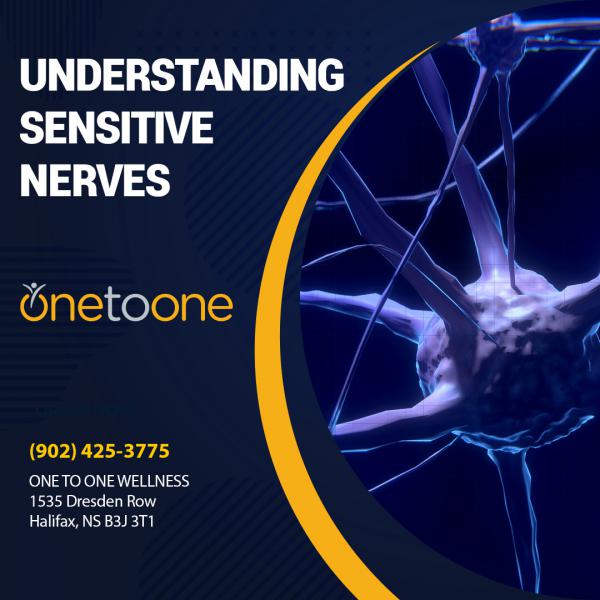
AIGS stands for “Abnormal Impulse Generating Sites”, this is a normal physiological reaction of a nerve or group of nerves in the periphery. A “specific adaptation to imposed demands”. Basically the nerve generates more communication structures (ion channels) along a nerve to send a stronger message to the brain. An example would be like knocking on the door to get your attention, as compared to slamming and banging on the door to get your attention. Or better yet knocking slowly and lightly, as opposed to ringing the door bell faster and faster.
The reason this happens can be multi-layered, but either trauma or some compounding unyielding mechanical compression on the nerve (as simple as sitting for to long). The great news is these ion channels have a 1/2 life of 48 hours. Meaning they self destruct in 2 days and grow new ones to replace it. And if you change the mechanical input to the neural tissue, relieving this adverse compression (along with pump loads of blood to the nerve through corrective movement), those ion channels do not form in abundance. They form just the normal factory setting amount. Thus, resulting in a less sensitive nerve (feel less when moving), less provoking or tight muscles, and more freedom to move.
At One to One, we are great helping you understand what the potential mechanical layers are, as well as changing the input to the nervous system. We change the input to the nervous system through passive therapies and active therapies. See one of our physiotherapists for more details.
1. Adriaan Louw (2014), Teaching People About Pain, Medbridge.
2. Erson Religioso (2014), The Eclectic Aproach to Neurodynamics, Medbridge.




